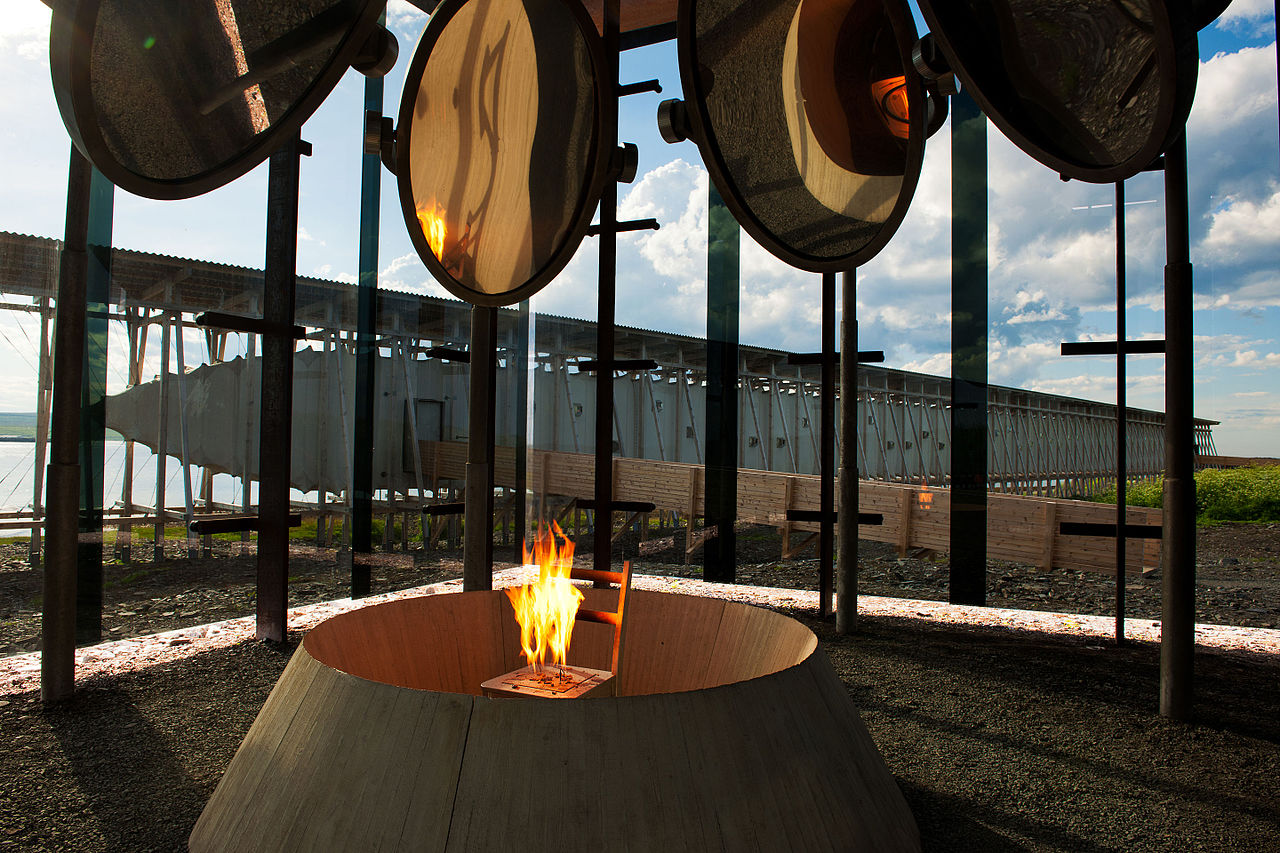Moment in History - The Vardo Witch Trials

The Vardo Witch Trials
At
the end of last year, a new book was published and being advertised on
bookstagram and social media that caught my interest as it was loosely based on
the true story of the Vardo Witch Trials.
The book was called The Mercies by Kiren Millwood Hargrave and takes the readers to the island of Vardo where readers will be able to experience the Vardo storm and the witch trials of 1621. This book is told through the POV’s of Maren, one of Vardo’s women, and Ursa who was the wife of the Commander that sent the police to the village.
As someone who loved the Salem Witch Trials and reading about it, I was intrigued as I hadn’t heard about this particular trial and reading more about it – it was one of Norway’s worst-ever trials and one of history’s mass executions of females.
The drama started on Christmas Eve in 1617 in a small town called Finnmark. That night there was a fateful storm – one of the worst in history and killed 40 of the townsmen of Vardo within minutes. During this time, whenever any tragedy or bad thing happened – the mind of the people went straight to the occult and that is exactly what happened in the Village of Vardo.
The Finnmark authorities convinced that this was the occult at play, issued a formal decree of sorcery and witchcraft, and just like that was the beginning of the Vardo Witch accusations that even the more famous Salem Witch trials would never measure up to and at the end of the trials, the town of Vardo would see men, women, and children killed and executed convinced they were witches. In total 91, were accused and executed which due to the high number sadly the town of Vardo collapsed as it was a substantial amount of their population killed. It is said that there were no families left unscathed by the accusations as they were either prosecutors, witnesses, or the accused.
The Vardo witch trials were held right through the 17th century but the main chunk of the trials was held between the winters of 1662-1663. In that winter, 30 women were put on trial. The woman was said to have admitted to having a festival of fun in Domen, which is a small mountain between the fishing villages of Kiberg and Vardo. During this festival, the woman said that they hung out with the Devil and celebrated, danced, and drank the night away.
Not even the children were safe from accusations and questioning when at Christmas time several of the children of the previously executed women were brought in for questioning.
Three of the children Ingeborg Iversdatter, Karen Iversdatter, and their cousin Maren Olsdatter talked about the party that they had snuck into where they had been transformed into cats and got to sneak out and hang out with Satan as their parents had told them to stay home but they wanted to join in on the fun.
The children were sent to Vardohous Castle awaiting
the verdict, where they came upon a female named Anne Rhodius who was said to
be an exiled female of the village and one who caused the hysteria panic by
manipulating the children into continuing this witch farce by creating stories.
The witch trials came to an end on the 25th June 1663 where it took an interesting turn
of events as four more were on trial – Magdalene, Ragnhild, Gertrude, and her
daughter Kirsten were brought up from the witches-hole. Here they claimed that
Anne Rhodius had manipulated the children by threatening to torture them. The
four of them and the children that were remanded in jail were freed and
acquitted in June 1663 by Mandrup Pedersen Schonnebol,
Mandrup Pedersen Schonnebol was the main person responsible for bringing the Vardo Witch Trials to an end as he was a new judge brought in for the most recent trials in 1663. He realized that this was madness burning people alive based on rumors. He went up against everyone from public opinion, magistrates, and bailiffs. He eventually managed to destroy the sorcery decree which made it legal to burn those accused alive.
A new law was created in 1687 that said judgment in witchcraft cases had to be heard before parliament before any punishments be carried out. Norway’s last witchcraft execution was held in 1695 and held strong till the 19th century when the law was replaced as part of widespread criminal reform.
In 2011, a memorial was created and erected in Vardo to remember solemnly those who lost their lives during the Vardo witch trials. The memorial is called Steilneset and also serves as an awareness of the dark history that has haunted Northern Norway and a chapter in time that needs to be acknowledged as it is one of Northern Norway’s biggest historical moments.




Comments
Post a Comment